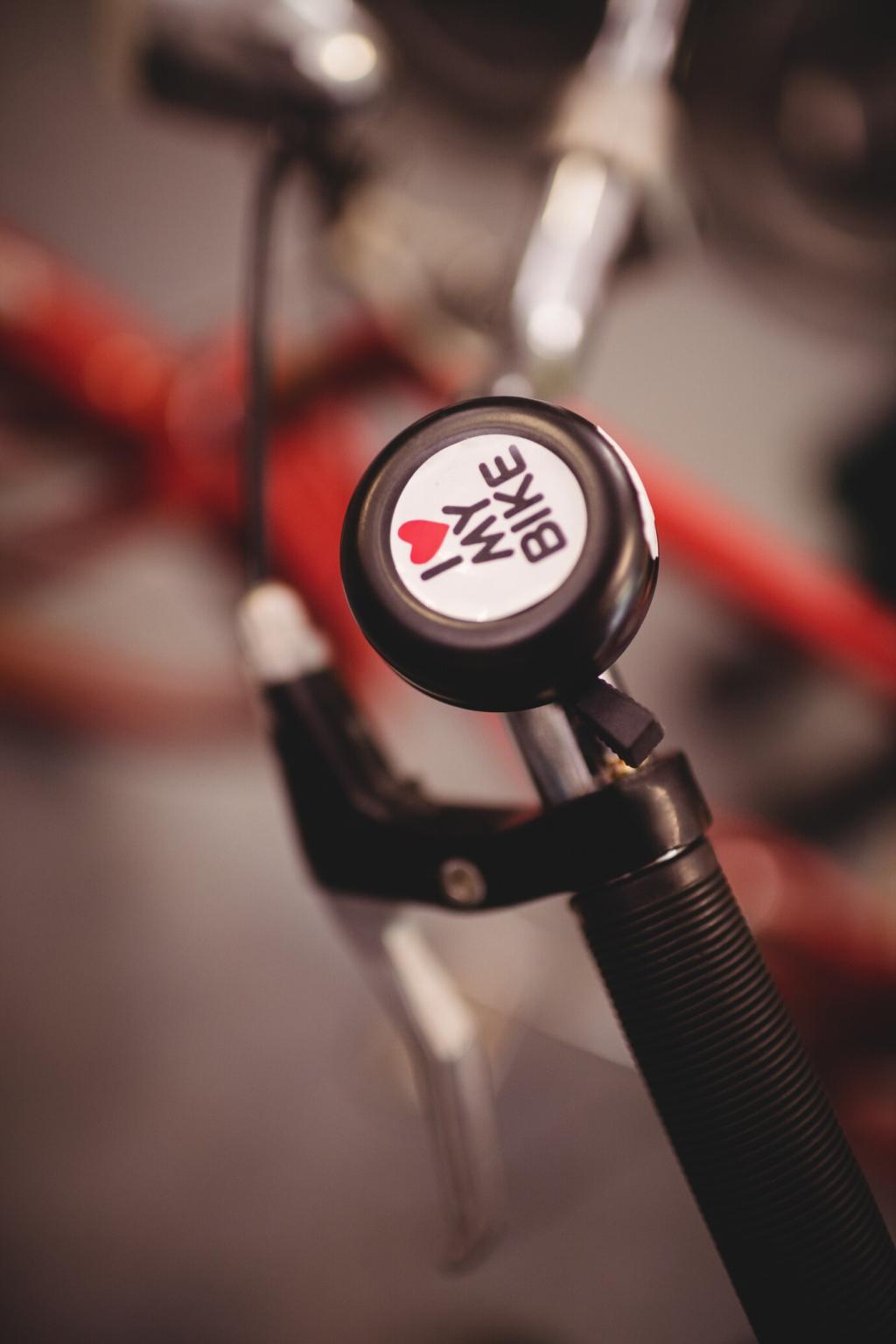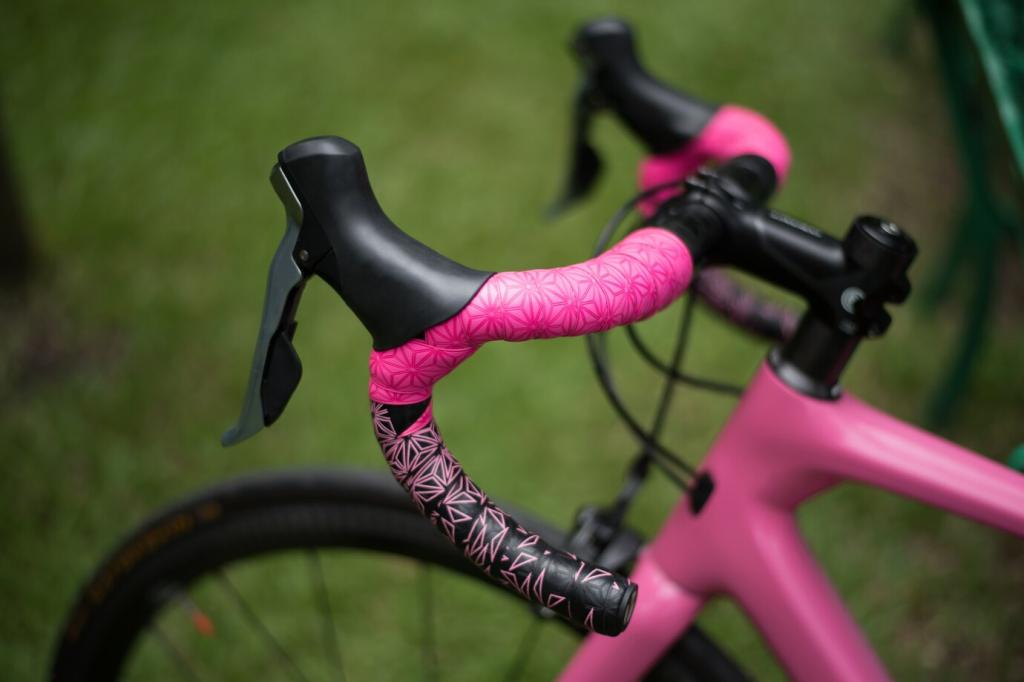Chosen theme: Choosing the Right Mountain Bike Tires. From tread patterns to pressure, compounds to casings, this guide helps you dial in traction, speed, and durability for the trails you actually ride. Share your questions and subscribe for fresh tire insights.
Width, Volume, and Pressure: Fine-Tuning Feel and Speed
Most riders thrive between 2.3 and 2.5 inches, with 2.6 suiting softer terrain. Match tire width to internal rim width for a stable profile; too wide or narrow skews sidewall support and cornering feel.


Width, Volume, and Pressure: Fine-Tuning Feel and Speed
As a baseline, many tubeless riders start around 20–24 psi rear, 18–22 psi front, adjusting for weight, terrain, and inserts. Add a touch more for rocky bike parks, and reduce slightly for wet roots.
Compounds and Casings: Grip, Support, and Durability
Rubber Durometers: Soft Where It Counts
Dual or triple compounds blend soft rubber on the shoulders for cornering grip with firmer centers for rolling efficiency. Think 42a on the edges and 60a in the middle—confidence in corners, mileage on climbs.
TPI and Sidewall Constructions Explained
Higher TPI casings feel supple but can be more vulnerable; tougher sidewalls add support and cut resistance. Labels like EXO, Grid, SuperTrail, or DoubleDown hint at puncture protection and damping levels you’ll feel immediately.
Balancing Rolling Resistance and Protection
Heavier casings slow acceleration but can save rides by resisting cuts and burps. If you routinely dent rims or slash sidewalls, step up casing toughness. Comment with your terrain and we’ll suggest a sweet spot.

Tubeless vs. Tubes: Traction, Maintenance, and Fixes
Tubeless setups let you run lower pressures for traction without the same pinch-flat risk. Sealant plugs small punctures mid-ride, often with zero drama. The result is smoother grip and more confidence in sketchy sections.

Fit and Compatibility: Size, Rims, and Clearance
Wheel Size and ETRTO: Get the Numbers Right
Match 27.5 or 29-inch tires to corresponding rims and check ETRTO for exact fit. Larger 29ers roll obstacles more easily, while 27.5 offers snappier handling. Choose based on your terrain and riding style.
Rim Internal Width Shapes Your Tire
A tire on a too-narrow rim balloons and squirms; too wide flattens the profile and dulls lean-in feel. Aim for manufacturer-recommended pairings to stabilize sidewalls and preserve predictable corner transitions.
Frame and Fork Clearance in the Real World
Allow extra room for mud and flex. If a 2.5 clears dry, it may rub when packed with clay. Measure, test, and post your bike model in the comments for size advice from fellow readers.
Simple A/B Testing on Familiar Trails
Run two tire models on the same loop, same day, with matched pressures. Time segments, note corner feel, braking bite, and climbing traction. Patterns emerge quickly, guiding smarter choices for your local conditions.
A Rainy-Race Tire Swap That Paid Off
Before a surprise storm, I swapped to an open-tread front and sturdier casing rear. Lap one felt cautious, then magic: predictable braking, no rim strikes, and a calm mind. Your pre-ride swap story belongs here.
Join the Conversation and Keep Learning
Comment with your weight, terrain, and current pressures for community feedback. Subscribe for monthly tire tests and pressure calculators, and share this guide with a friend who’s still sliding on summer treads.
